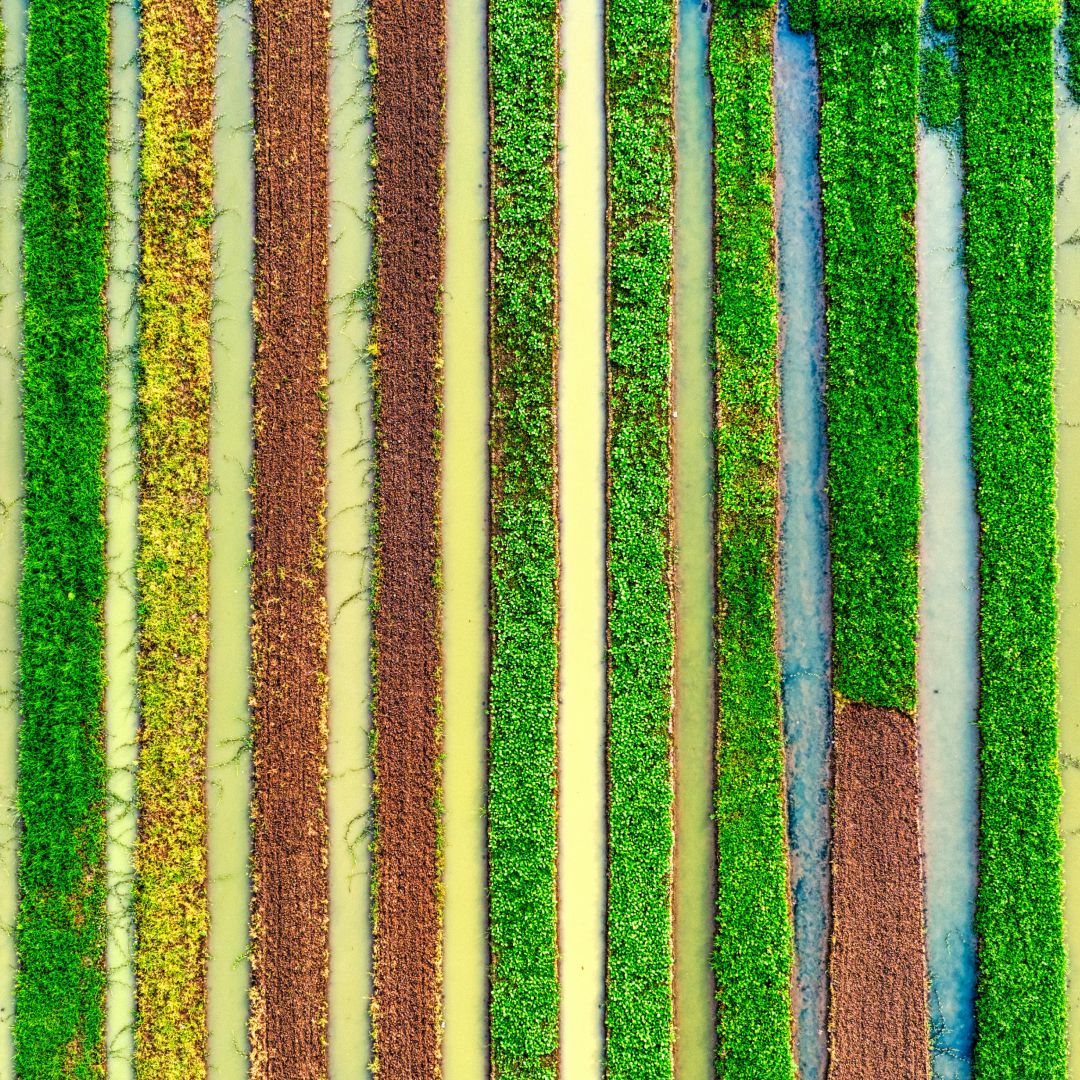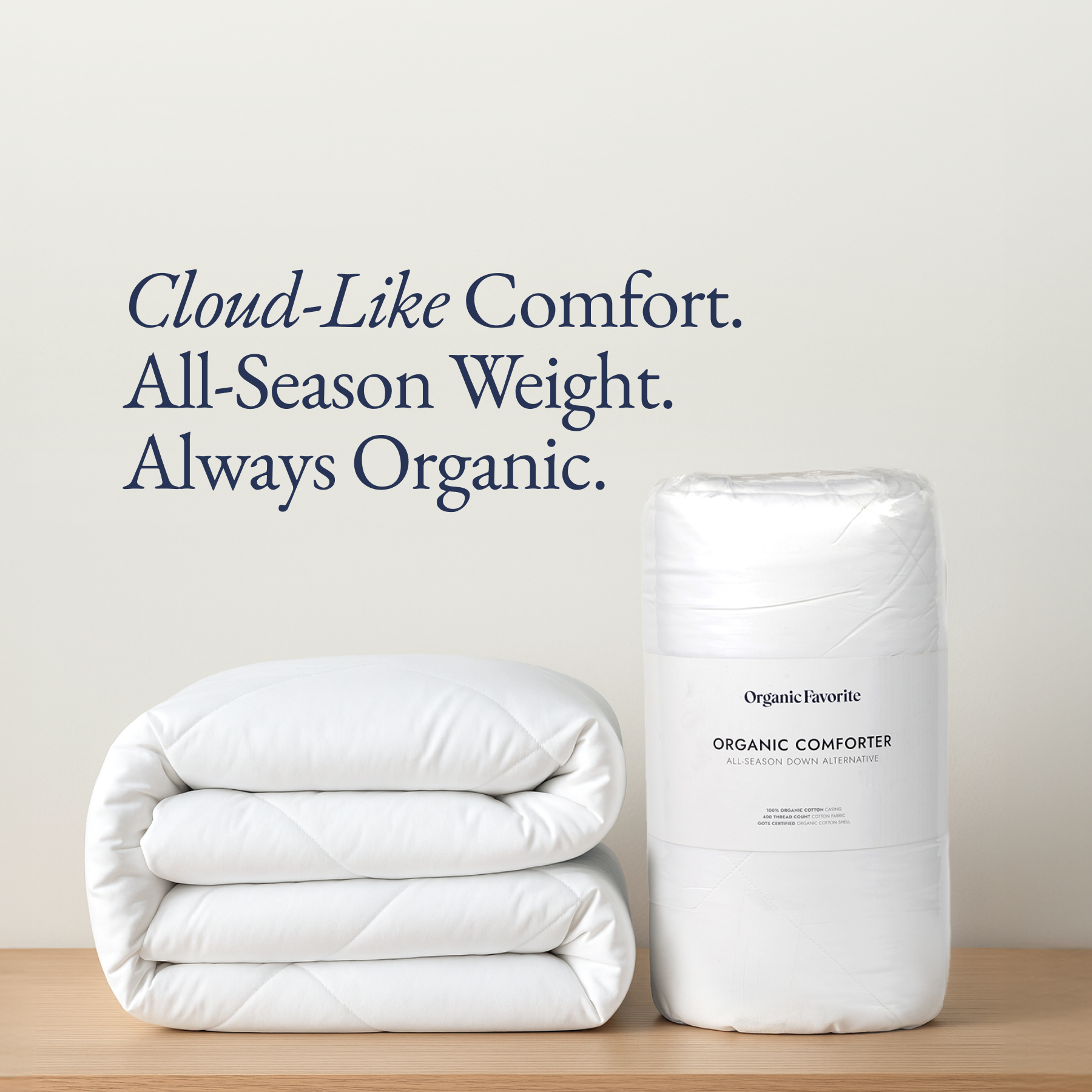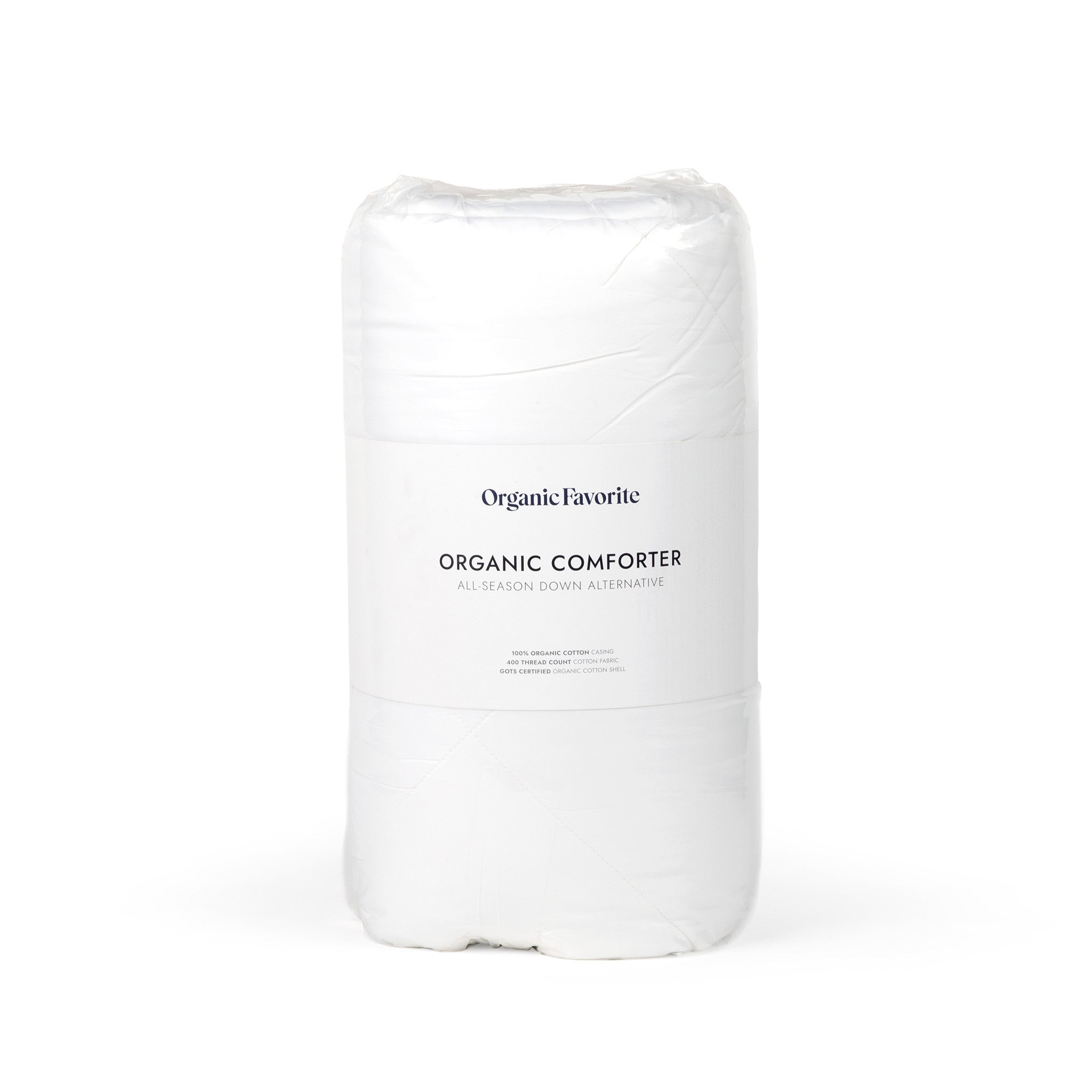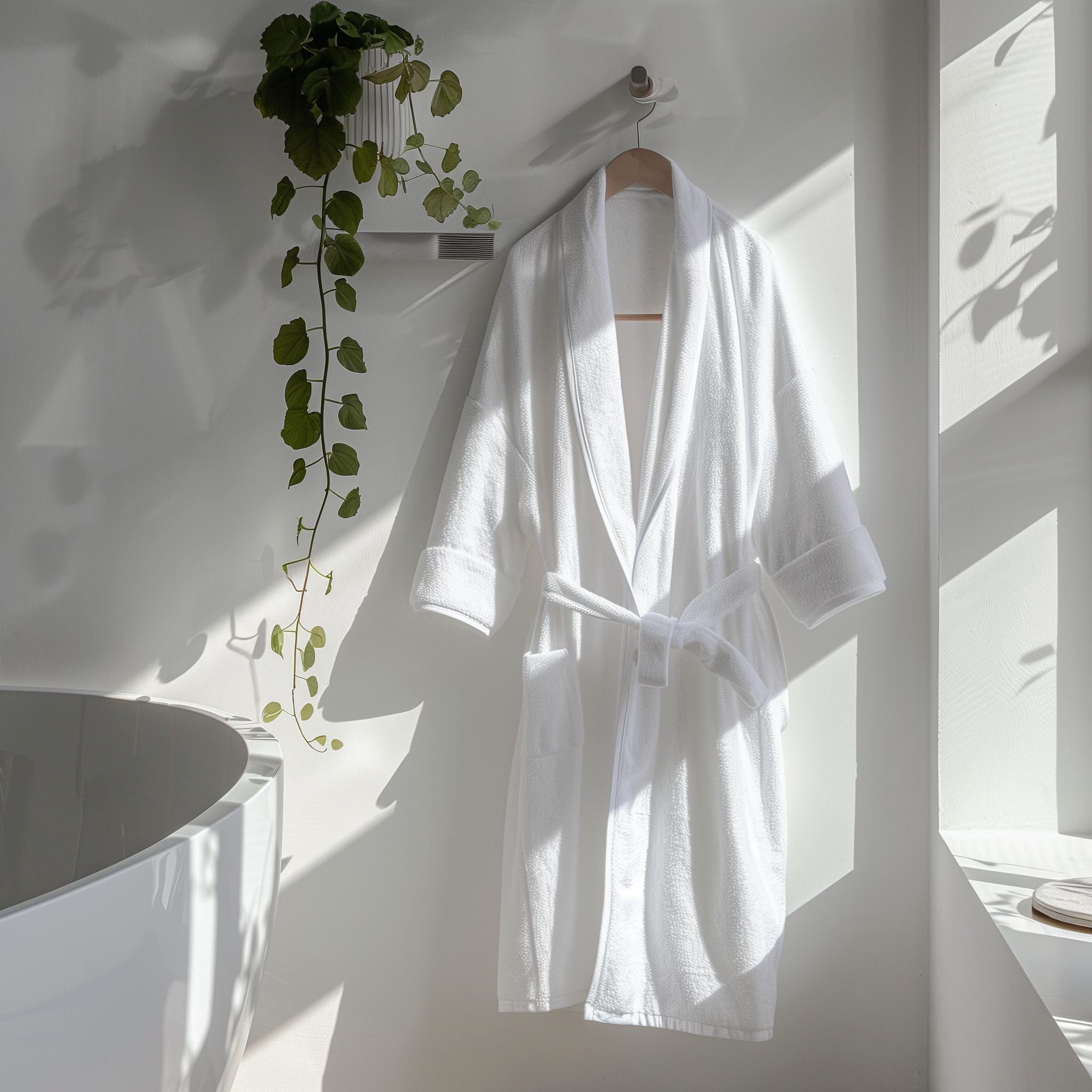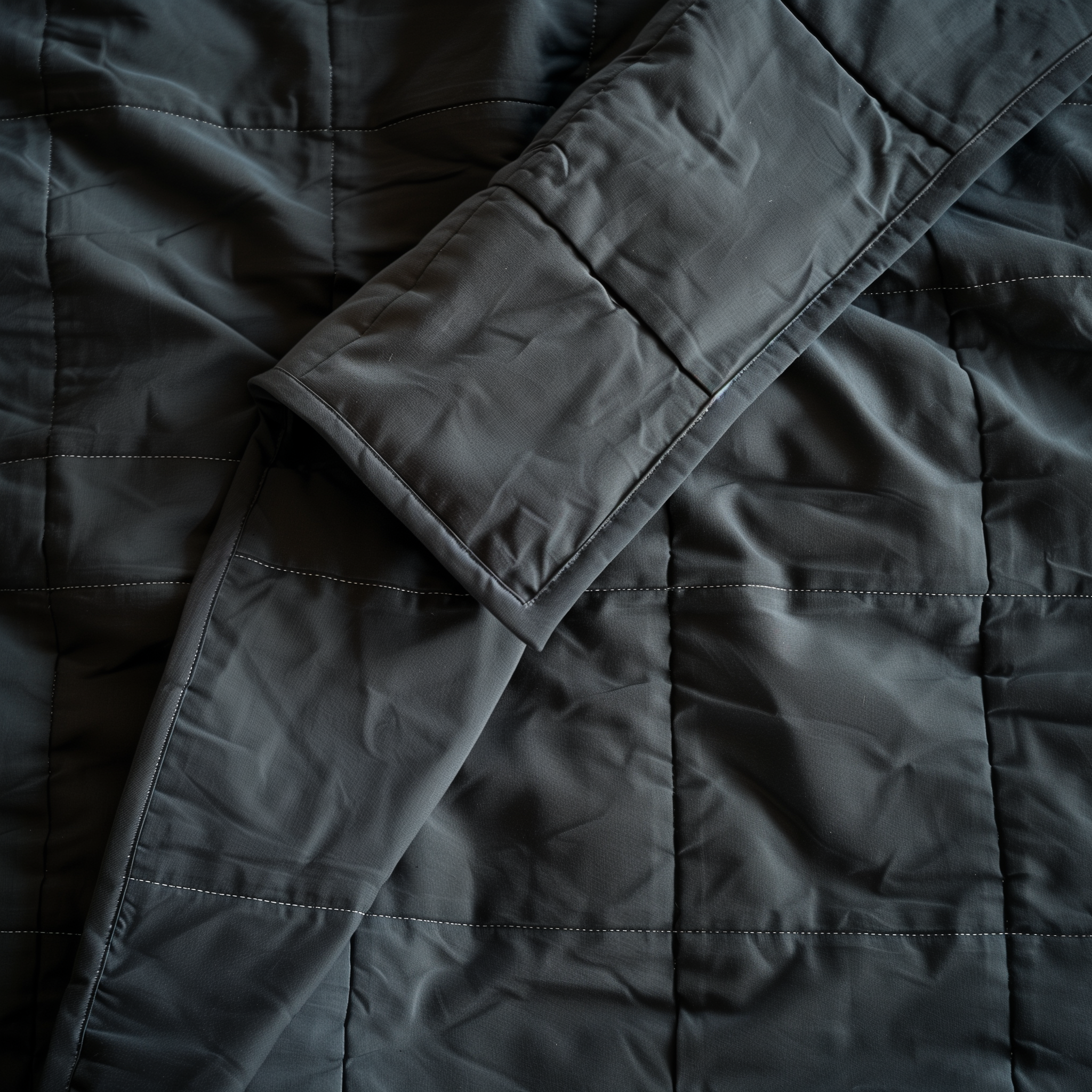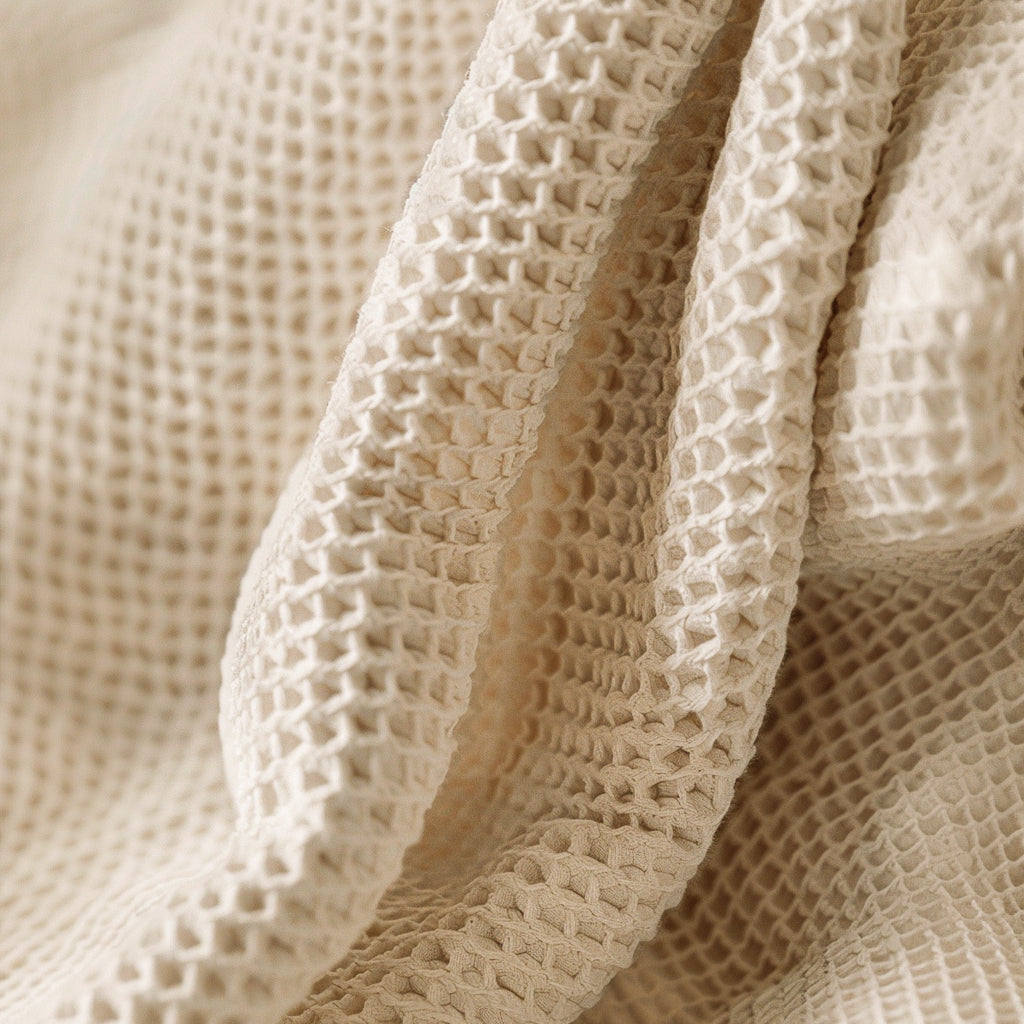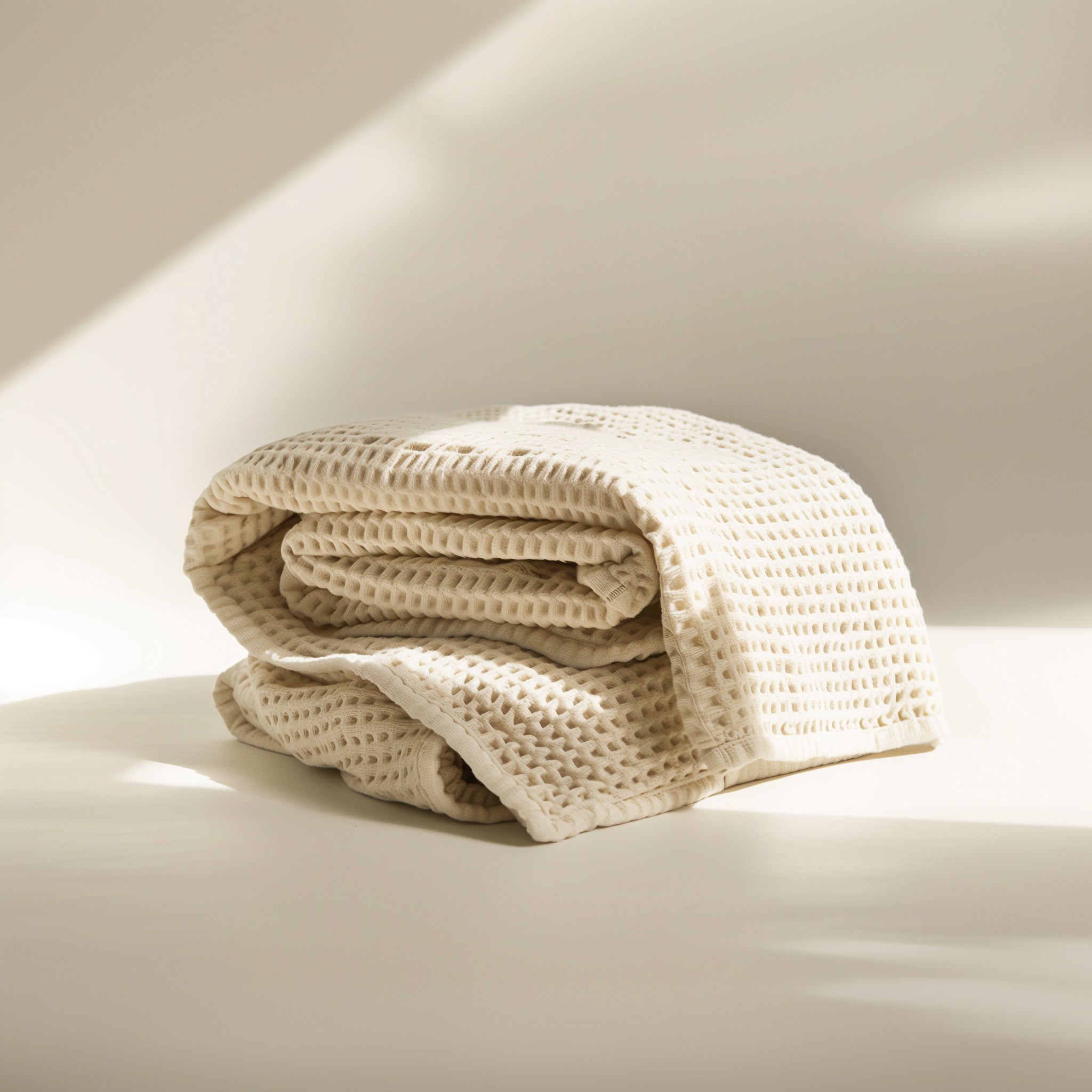The first thing we need to understand is that we’re not talking about dirt.
Dirt is what you wash off your hands. It's lifeless, inert mineral particles.
We’re talking about topsoil. And topsoil is alive.
It is a sprawling, complex, living ecosystem, a paper-thin layer on our planet teeming with billions of bacteria, fungi, and earthworms in every handful.
It is the planet's stomach, digesting dead material and turning it into the building blocks of new life.
Now consider this: It can take nature 500 years or more to create a single inch of healthy topsoil.
That's longer than the entire lifespan of the United States as a nation, all for one inch of the living ground that sustains us.
It is a natural resource more precious than oil, and just as finite.
And we are destroying topsoil at a terrifying rate.
The math is brutal: we are losing topsoil 10 to 40 times faster than it can be replenished.
According to some experts at the UN, if we continue on our current path of soil degradation, we could have as little as 60 years of harvests left.
This isn't an abstract environmental issue. It is the single greatest long-term threat to our food supply.
The health of our soil is directly and inextricably linked to the health of our food, and by extension, the health of our families.
We are treating this precious, finite resource like it's worthless, and we are running out of time.
The War on Soil: How to Bankrupt an Ecosystem
If our topsoil is a precious biological resource, then modern conventional agriculture is a system making reckless, constant withdrawals. It wages this war on three interconnected fronts, and the data is clear.
1. The Biological Boomerang
The most direct assault begins with a chemical arsenal: Pesticides, herbicides, fungicides, insecticides, and rodenticides.
The first myth we must dismantle is that these chemicals can simply be washed off. Many of the most common pesticides, such as neonicotinoids, are "systemic," meaning they are designed to be absorbed and transported through the plant's vascular tissue. They become part of the fruit or vegetable. As explained by researchers at university extensions like the University of California, you cannot wash them away.
The deeper danger is the Biological Boomerang. These chemicals are designed to attack the nervous systems of insects or disrupt cellular machinery. The problem is that on a deep biological level, life shares a common toolkit. For example, the primary pathway targeted by the world's most popular herbicide, glyphosate, is also found in beneficial gut bacteria essential for human health. We are poisoning the web of life, and the toxins are inevitably boomeranging back to us.
2. Paving the Way for Pests
Why is so much chemical intervention needed? It's largely because of monoculture, the practice of planting a single crop over thousands of acres. Over 75% of the world's food is generated from only 12 plant species. This lack of diversity is an open invitation for disaster. It's an all-you-can-eat buffet for pests, which creates the "need" for the chemical boomerang of pesticides.
3. The Yearly Earthquake
The final assault is physical. Tilling, or ploughing, is a yearly earthquake that shatters the delicate architecture of the soil. This pulverized structure can no longer resist the elements. The United States Department of Agriculture (USDA) reports that conventional tillage can result in the loss of more than 10 tons of topsoil per acre per year on highly erodible land. In contrast, switching to no-till farming can reduce that loss by 90% or more.
The Choice: A Path to Renewal
We are not victims in this story. The degradation of our soil is not an inevitable tragedy; it is the direct result of a specific mindset: that of the Maximizer. This approach sees farmland as a factory floor, to be optimized for maximum short-term yield, no matter the long-term cost. It’s a path that, if unchanged, leads toward collapse.
But there is another path. It’s a different mindset entirely, that of the Nurturer. This approach understands a profound truth: the farmer’s most important job is not to grow plants. It is to grow topsoil.
Growing Soil First
Conventional farmers turn once-productive farmland into dead dirt that struggles to grow anything without life support. The Nurturer does the opposite. They see the soil as the true crop, and they use a powerful set of tools to cultivate it. This is not a retreat to the past; it is a sophisticated, science-backed system of renewal.
-
They Keep the Soil Covered: In nature, soil is almost never left bare. Regenerative farmers mimic this by planting "cover crops" like clover and vetch between cash crop seasons. These plants protect the soil from erosion, and their real magic is biological. They pull nitrogen from the air and "fix" it in the soil, creating a free, natural fertilizer. According to the USDA, a single season of a legume cover crop can add 50 to 150 pounds of nitrogen per acre.
-
They Disturb the Soil Less: Instead of the yearly earthquake of tilling, these farmers practice low-till or no-till farming. By leaving the soil structure intact, they allow the intricate web of fungal and microbial life to thrive. This creates a sponge-like effect. Research from organizations like the Rodale Institute shows that organic, no-till soil can hold up to 20% more water, making farms dramatically more resilient to drought.
-
They Embrace Diversity: Instead of the biological desert of a monoculture, Nurturers use crop rotation and intercropping to create a vibrant ecosystem. This diversity breaks pest and disease cycles naturally and fosters a wider range of beneficial soil microorganisms.
-
They Feed the Soil Organic Matter: The Nurturer’s primary tool for fertility is compost and manure. They are constantly making deposits of rich organic matter, feeding the billions of microorganisms that, in turn, feed the plants. It is a closed-loop system of perpetual renewal.
The Power of Your Purchase
This brings us to the most important part of the story: you.
Let’s be honest: the products grown with this level of care can cost more. But this isn't a luxury tax. It is the single most powerful investment you can make in a better future.
You are paying for your health, for the planet, and for a food system that is resilient, not brittle. You are buying better health for your family and friends. You are funding a system that avoids collapse and builds a more sustainable world.
When you choose to buy organic, you are casting a vote. A vote for more organic farming and less conventional farming. A vote for the health of farming communities, for clean water, and for a living, breathing planet.
The single most empowering feeling is realizing that you have a choice. By yourself, that choice may feel small. But when we make that choice together, it is the most powerful force for change in the world. We’ve seen it happen. An entire generation of conscious consumers decided they wanted better, and niche stores like Whole Foods became a global standard.
We have the power to do it again. The choice is ours to make, three times a day, every day.
Our mission to build a healthier world starts with the soil, but it doesn't end there. The same principles of purity and sustainability guide every product we choose.
Explore our collection of personally vetted organic favorites for your home.

